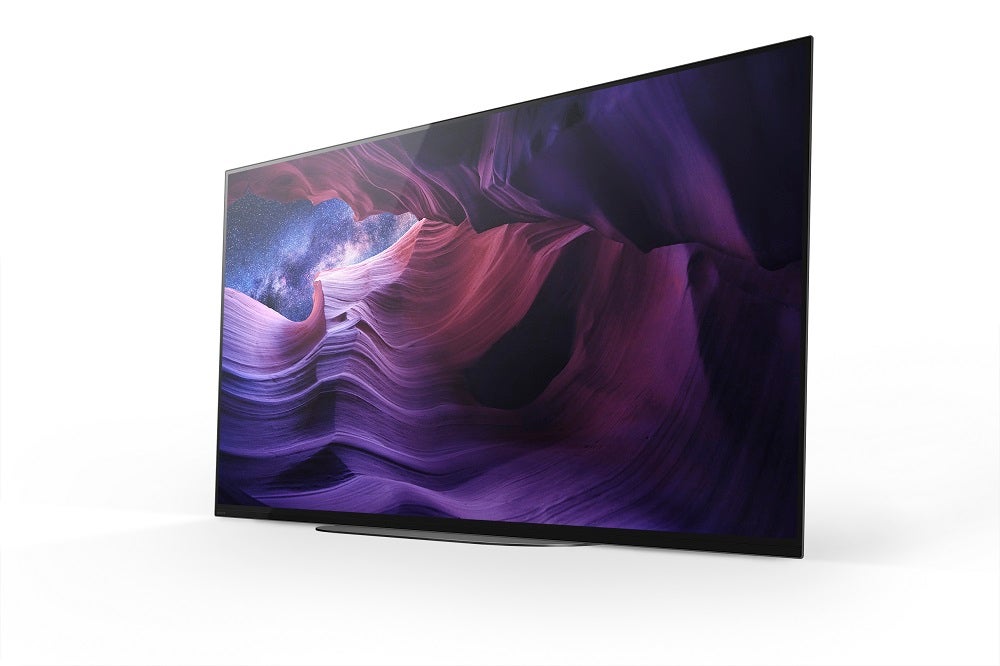What can we expect from TVs in 2021?
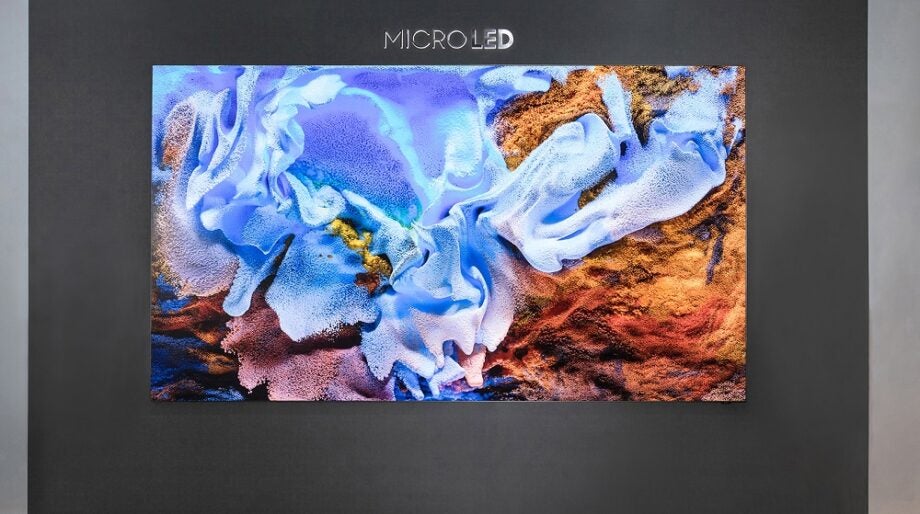
Another year is done and dusted and quite frankly we couldn’t wait to see the back of 2020. 2021 holds some more promise, and we’re particularly intrigued by what it has in store for the TV world.
With the pandemic affecting TV manufacturers in 2020, it’s slightly trickier to ascertain what’s on the way, but there are trends in that market we’ve observed that could give us a clue.
With CES on the horizon and TV manufacturers jostling to (digitally) share their vision of 2021, here’s what might happen in the world of TVs.
Related: Best TVs
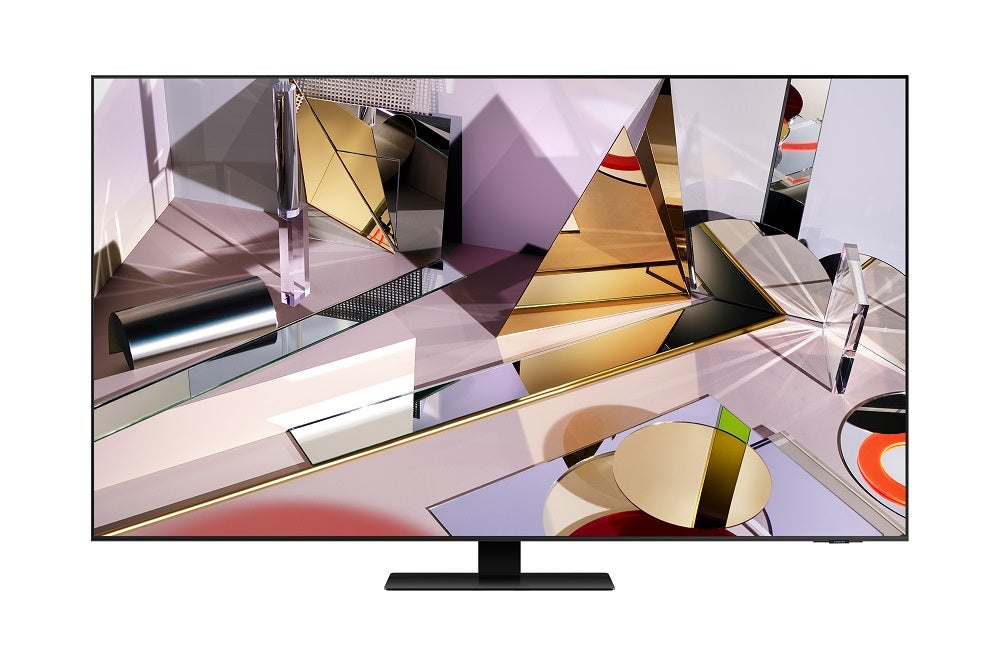
8K TVs to hit £1000
Both LG and Samsung are leading the charge when it comes to 8K TVs. Samsung’s cheapest (the Q700T) costs £1999, while LG’s cheapest – the 55NANO95 – hit £1499. It goes without saying that we expect the price of 8K TVs to come down further, perhaps even dipping below £1000 for the cheapest models.
It’ll answer critics of the technology who said it was too expensive, and act as a path for customers to adopt 8K now, with the hope of 8K content arriving later than the line. With the Tokyo Olympics set to go ahead, the promise of native 8K content is not too far off.
OLED to become affordable
One of the criticisms of OLEDs from some of the staff at Trusted Reviews is that they are too expensive. Well, this writer finds that to be a load of codswallop. Clearly they are too young to remember 32-inch CRTVs costing upwards of £900.
2020 saw prices for OLED TVs significantly reduce. Whether that’s due to the display technology maturing or aggressive pricing, there’s been a noticeable drop year on year, and that will hopefully continue.
Considering where we came from – an 11-inch display that cost $2499 in 2008 – OLED could be on the verge of true mainstream adoption, with the 48-inch model that arrived in 2020 adding further appeal.

HDR content to expand to become more widespread
Yes we know this isn’t a huge leap, but we’d argue HDR hasn’t advanced much since its inception.
Look at streaming services across the pond, many of which launched without 4K or HDR. In the UK broadcasters are staunchly sticking to HD SDR programming. With 4K TVs and the pipeline 4K HDR content more mature, we’re thinking we’ll see wider acceptance.
It took Sky a couple of years to wrap its head around HDR, while iPlayer is still dipping its toes in HLG HDR rather than launching a full assault. However, factor in 4K Blu-ray – not to be forgotten– and we’re seeing more studio catalogue releases in 4K HDR such as Back to the Future, Lawrence of Arabia and The Lord of the Rings, as well as the entire series of Game of Thrones. Expect content providers to step up their HDR game, whether that be films, TV series or sports in Dolby Vision, HLG and HDR10+.
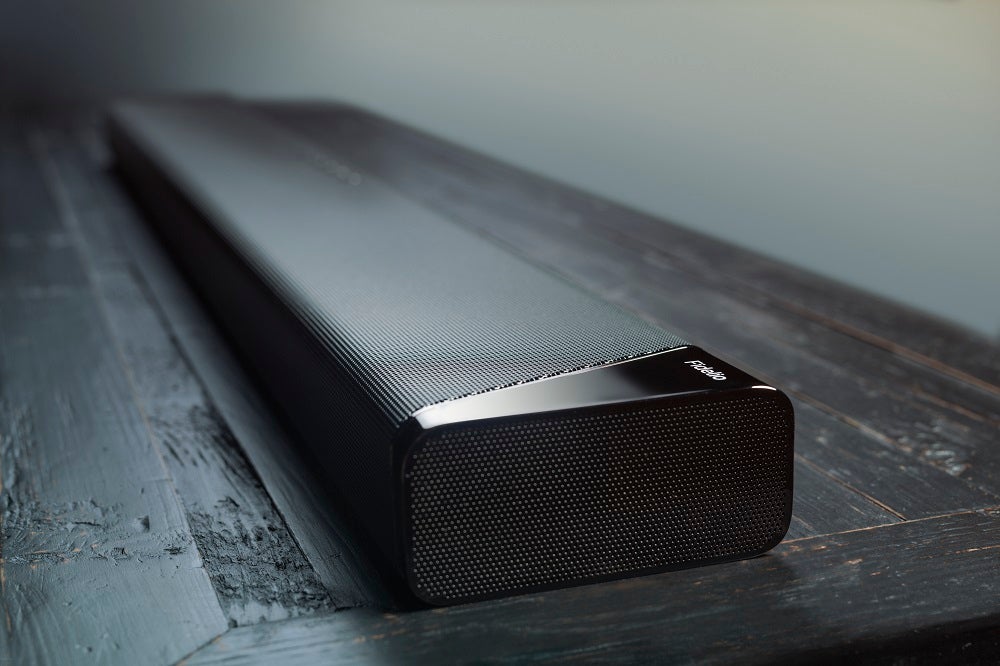
More synergy with soundbars
Last year, Philips’ collaboration with Bowers & Wilkins spread to its less expensive sets. Samsung brought out its OTS (Object Tracking Sound) system, while Panasonic and Sony strengthened the audio capabilities of their premium sets. For 2021 there will be a focus on soundbar/home cinema integration too.
With more people staying at home, that feeling of going to the cinema remains out of reach. But soundbars could at least give your movie nights more weight, clarity and visceral wallop (you’ll certainly need all of that for TENET). Philips and Samsung’s brought out home cinema products designed to seamlessly integrate with the company’s TVs. We think we’ll be seeing more of that.
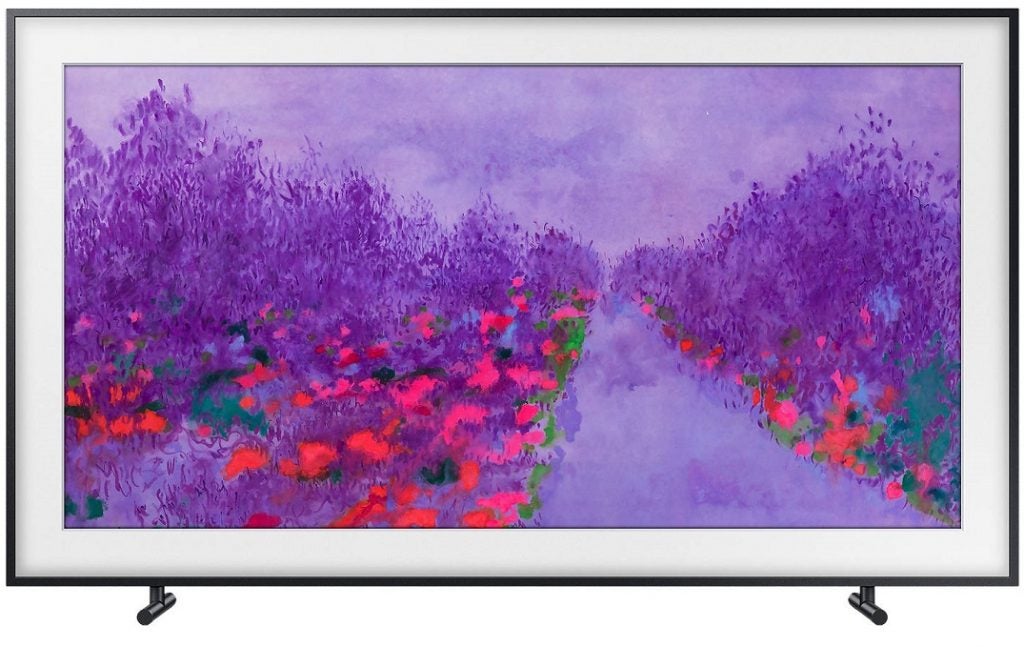
TV manufacturers to go down the lifestyle route
There’s been a slow and steady trend as TVs have become slimmer and more attractive to position them towards lifestyle use. Samsung has been the biggest exponent of this. The Sero was unique (and odd), The Frame and Serif have grown in popularity, while the announcement for the Terrace – built for outdoor use – took us by surprise. Philips have been designing TVs that are more aesthetically pleasing, espousing their “European design” qualities.
Let’s not forget that Panasonic finally launched the Transparent OLED display they’ve been teasing the past couple of years. A TV that fits seamlessly into the home is what manufacturers will be exploring more of in the years to come.
A greater focus on the home/health
With gyms and workplaces still out of bounds, we’re inclined to feel that there will be an increased emphasis on TVs for productivity, whether that’s app support, video recording or greater integration with fitness features. With the likes of FiiT on Sky Q, Samsung Health and Apple’s Fitness+ service, it’s only likely to increase.
HDMI 2.1 to actually make sense
There have been times discussing the HDMI 2.1 standard that have caused us to arch our eyebrow. Some TVs say they’re compatible when actually they’re not fully compatible; others pick and choose what HDMI 2.1 features they want to include, which often leads to the question of can it actually do 4K/120Hz for gaming or does the TV do that for broadcast signals?
The PS5 and Xbox Series X are here, but the amount of games that support 4K/120Hz could be counted on one hand at the moment. Some manufacturers have given HDMI 2.1 a body swerve, but we can’t see that continuing in 2021 – at the very least we think they’ll be a concession to it. And all the handshake issues and bizarre happenings with AV receivers ought to be resolved. We hope.

Micro-LED and Mini LED to make waves
Samsung finally announced its Micro-LED TVs and we suspect this will start a foot race between it and competing manufacturers to make the technology more accommodating to people’s homes. Samsung’s first consumer-facing effort measured in at 110-inches and there was no mention of a price. If you have to ask, then you probably can’t afford it, but Micro-LED could make itself a desirable piece of TV tech in 2021.
LG has announced its bringing a QNED Mini LED TV to the consumer market, aiming to bring a higher peak brightness, improved contrast and vibrant colours over conventional LCD sets. Again, there’s no word on how much it will cost, but the race to bring new technologies to the TV consumer market is well on its way.


